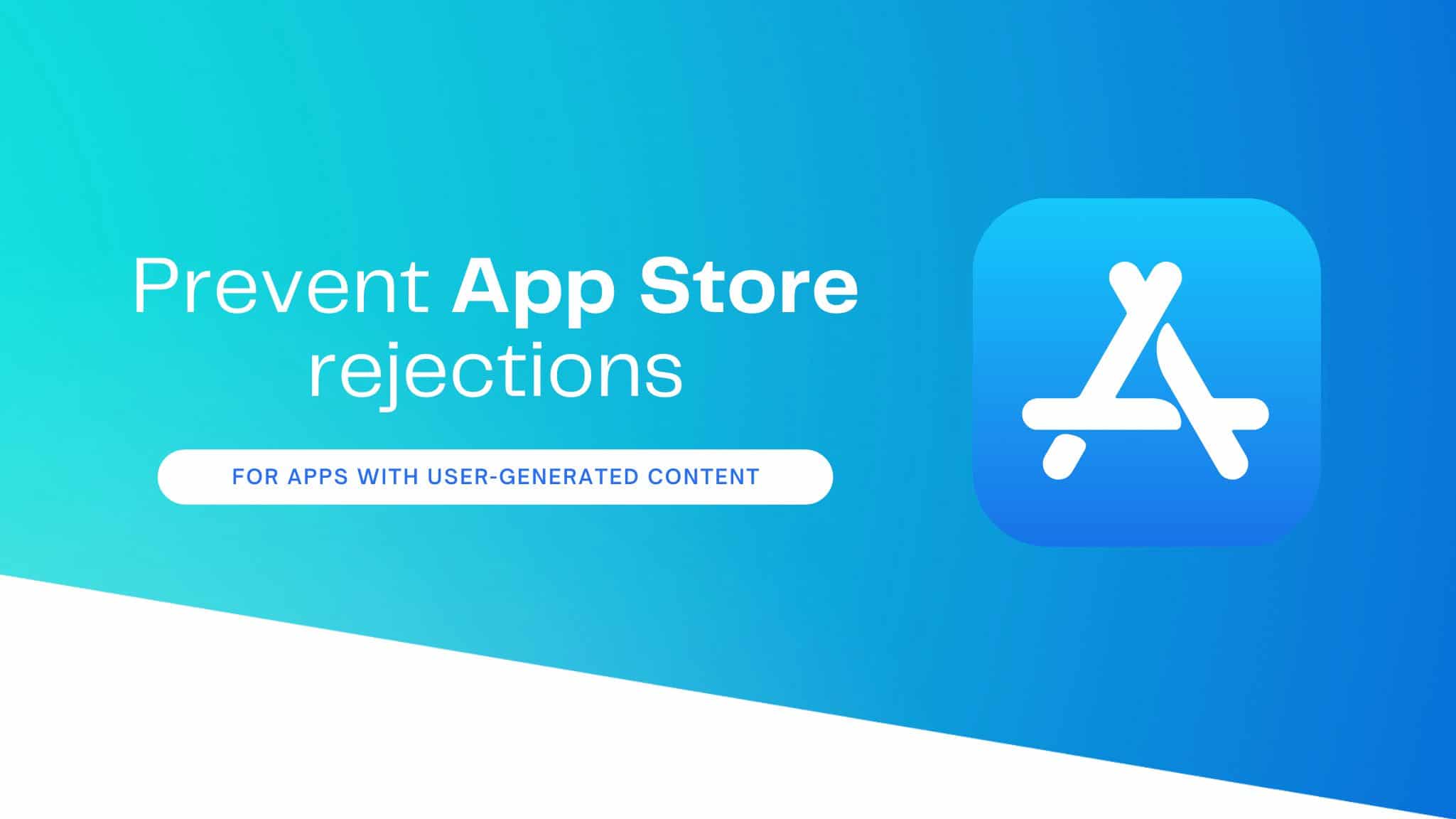Overview
Submitting an app to the iOS App Store is an exciting milestone for developers, but it can also be a challenging process. Apple maintains strict guidelines to ensure apps meet their quality, security, and usability standards. Failing to adhere to these can result in app rejection, causing delays and frustration. This guide aims to provide detailed insights into the most common reasons for app rejections and how to avoid them.
1. Common Reasons for App Rejection
1.1. Performance Issues
- Crashes and Bugs: Apps must be stable and free from crashes or major bugs during testing.
- Poor User Experience: Apps with long load times, laggy interfaces, or unresponsive features are likely to be rejected.
1.2. Incomplete App
- Missing Functionality: All advertised features must be fully implemented and functional.
- Placeholder Content: Apps containing placeholder text or images will not pass the review process.
1.3. Privacy and Data Collection Violations
- Inadequate Privacy Policy: Apps must include a privacy policy detailing how user data is collected and used.
- Improper Use of Permissions: Apps must only request permissions necessary for core functionality.
1.4. Intellectual Property Infringement
- Copyright Violations: Apps that use copyrighted material (e.g., images, music, or trademarks) without proper authorization will be rejected.
- Cloning: Apps that are replicas of existing apps with minimal differentiation may be considered a violation.
1.5. Metadata Issues
- Misleading Descriptions: App descriptions and promotional materials must accurately represent the app’s functionality.
- Keyword Spamming: Overloading metadata with irrelevant keywords is against Apple’s guidelines.
1.6. Payment and Monetization Violations
- Non-Compliant In-App Purchases: Apps must use Apple’s in-app purchase system for digital goods and services.
- External Payment Links: Apps cannot include external links or mechanisms for purchasing content outside the app.
1.7. Legal and Regulatory Issues
- Gambling Content: Apps offering gambling features must comply with local laws and Apple’s policies.
- Health and Medical Claims: Apps providing health advice must be supported by reputable sources and not make misleading claims.
2. How to Avoid App Rejection
2.1. Pre-Submission Checklist
- Thorough Testing: Test your app on various devices and operating systems to ensure it’s bug-free and performs well.
- Complete Documentation: Prepare detailed release notes, privacy policies, and any other required documentation.
- Adhere to Guidelines: Familiarize yourself with Apple’s App Store Review Guidelines.
2.2. Design Best Practices
- Follow Human Interface Guidelines: Ensure your app’s design aligns with Apple’s Human Interface Guidelines.
- Optimize Performance: Minimize load times and ensure smooth animations and transitions.
2.3. Privacy Compliance
- Include a Privacy Policy: Add a clear and concise privacy policy to your app and App Store listing.
- Justify Permissions: Clearly explain why your app requests certain permissions.
2.4. Legal and Content Checks
- Obtain Necessary Licenses: Ensure you have rights to all third-party content included in your app.
- Avoid Controversial Content: Refrain from including offensive, illegal, or otherwise inappropriate content.
3. What to Do If Your App Is Rejected
3.1. Understand the Reason
- Review the Feedback: Carefully read Apple’s review notes to understand the specific reasons for rejection.
- Identify Areas of Improvement: Determine which areas of your app need modification.
3.2. Make Necessary Changes
- Fix Reported Issues: Address bugs, performance problems, or guideline violations highlighted by Apple.
- Enhance Documentation: Update metadata, privacy policies, or other supporting materials as needed.
3.3. Resubmit the App
- Test Extensively: Before resubmitting, retest your app to ensure all issues are resolved.
- Provide Explanations: Use the Resolution Center to explain the changes you’ve made.
4. Pro Tips for a Smooth Submission
- Stay Updated: Regularly check for updates to Apple’s guidelines and policies.
- Use Apple’s Resources: Take advantage of tools like TestFlight for beta testing and Apple’s developer forums for support.
- Seek Feedback: Gather feedback from testers and peers to identify potential issues before submission.
Conclusion
Avoiding app rejection requires meticulous attention to detail and adherence to Apple’s stringent guidelines. By understanding common pitfalls, implementing best practices, and taking proactive measures, you can significantly increase your app’s chances of approval. Remember, each rejection is an opportunity to improve and refine your app for a better user experience.
